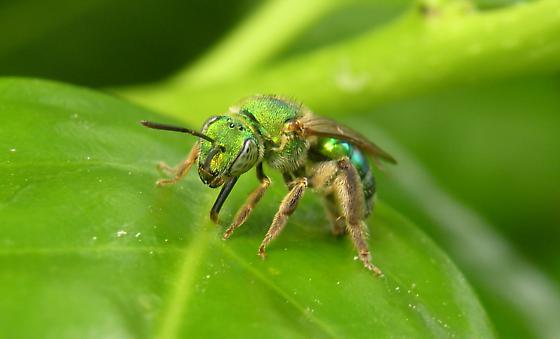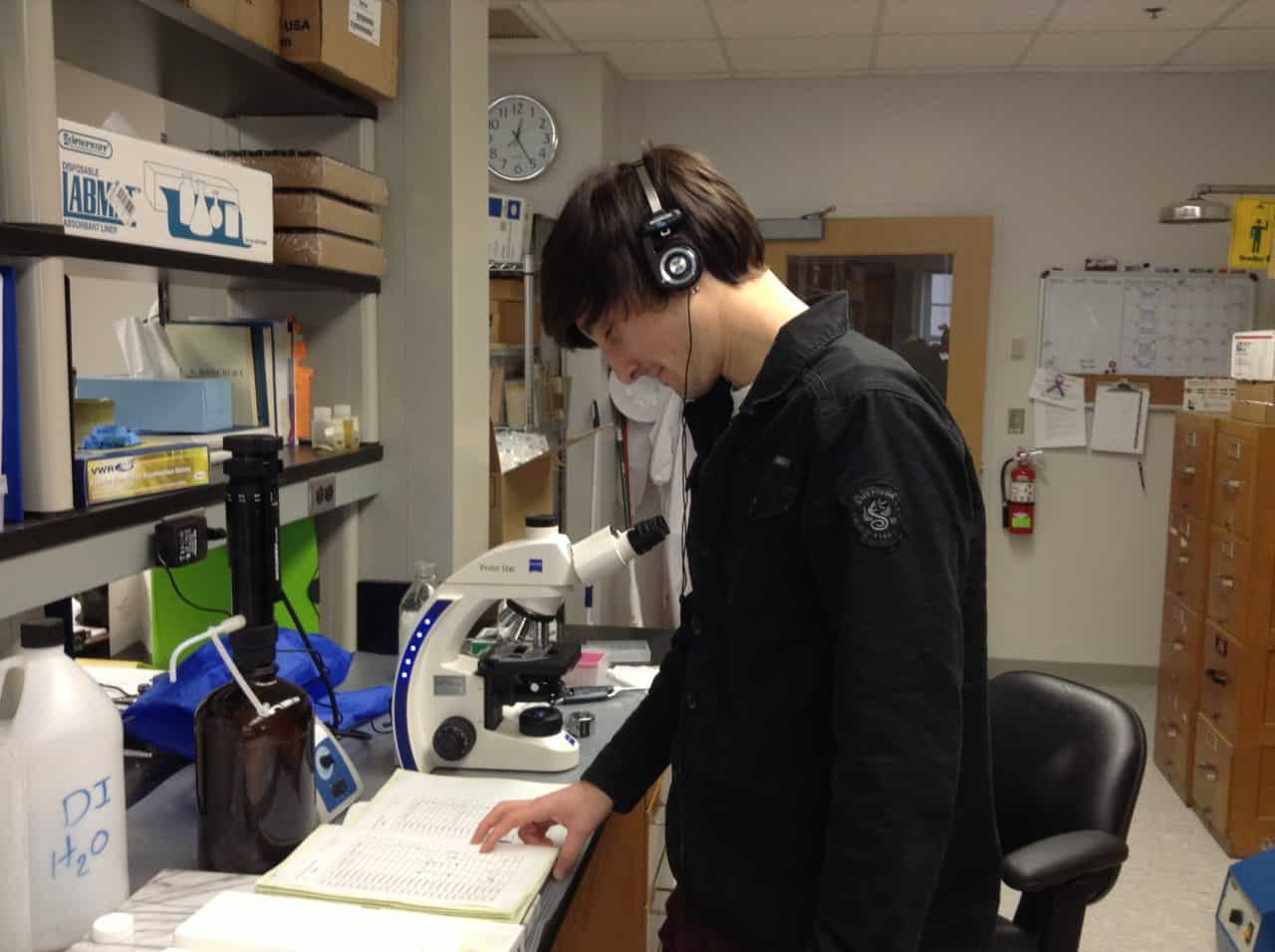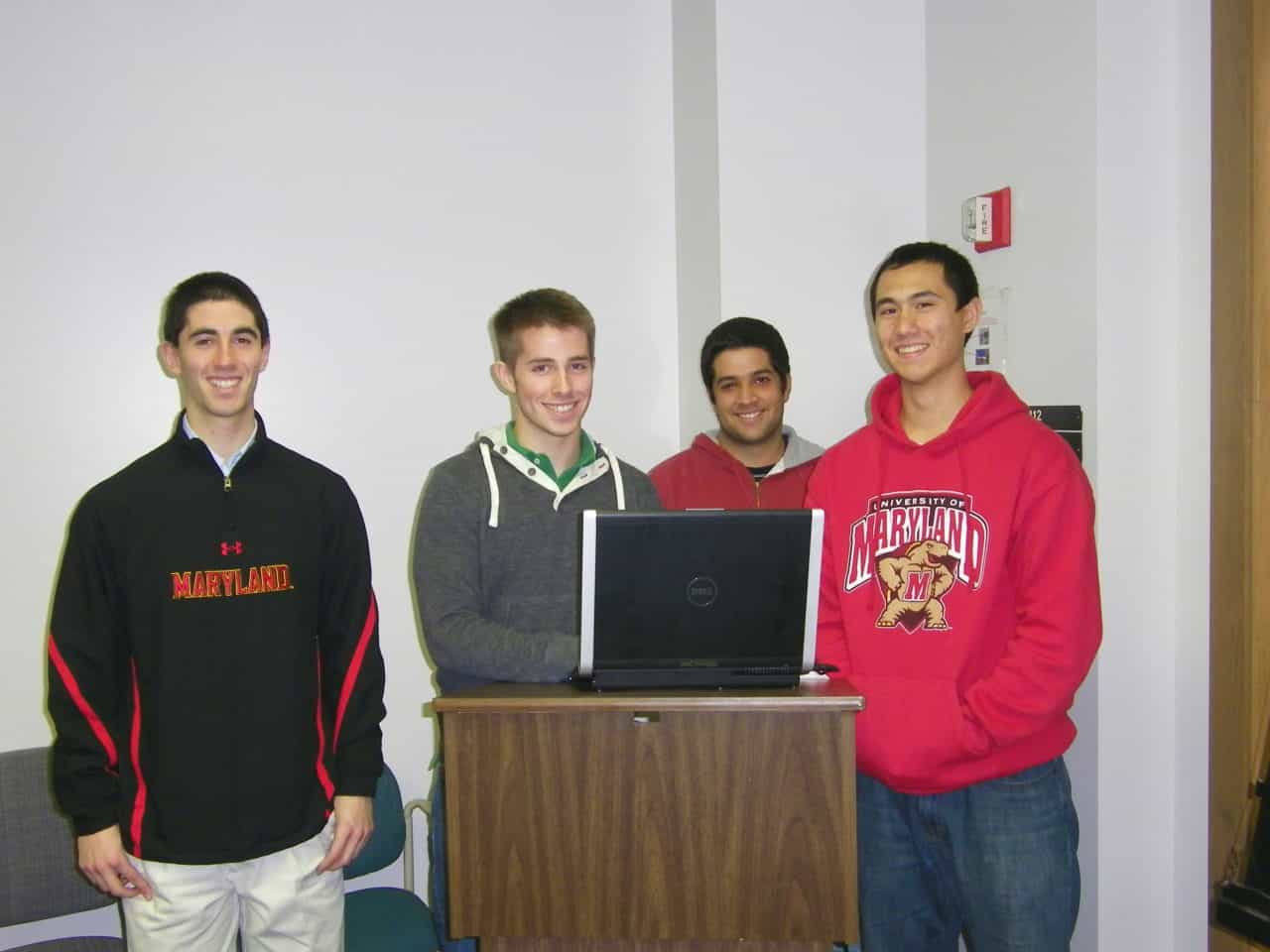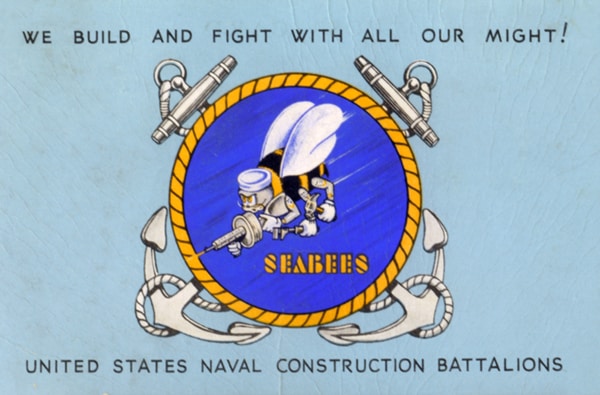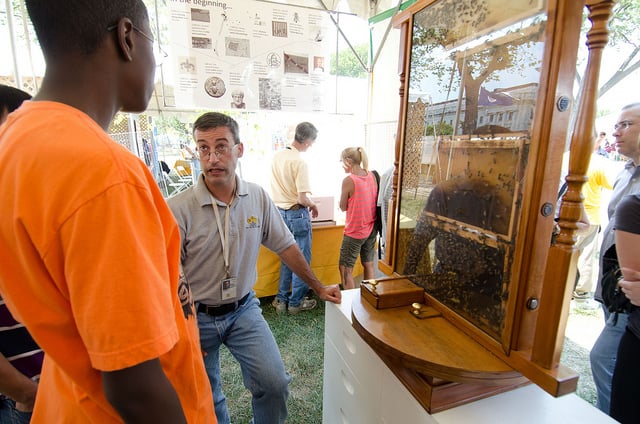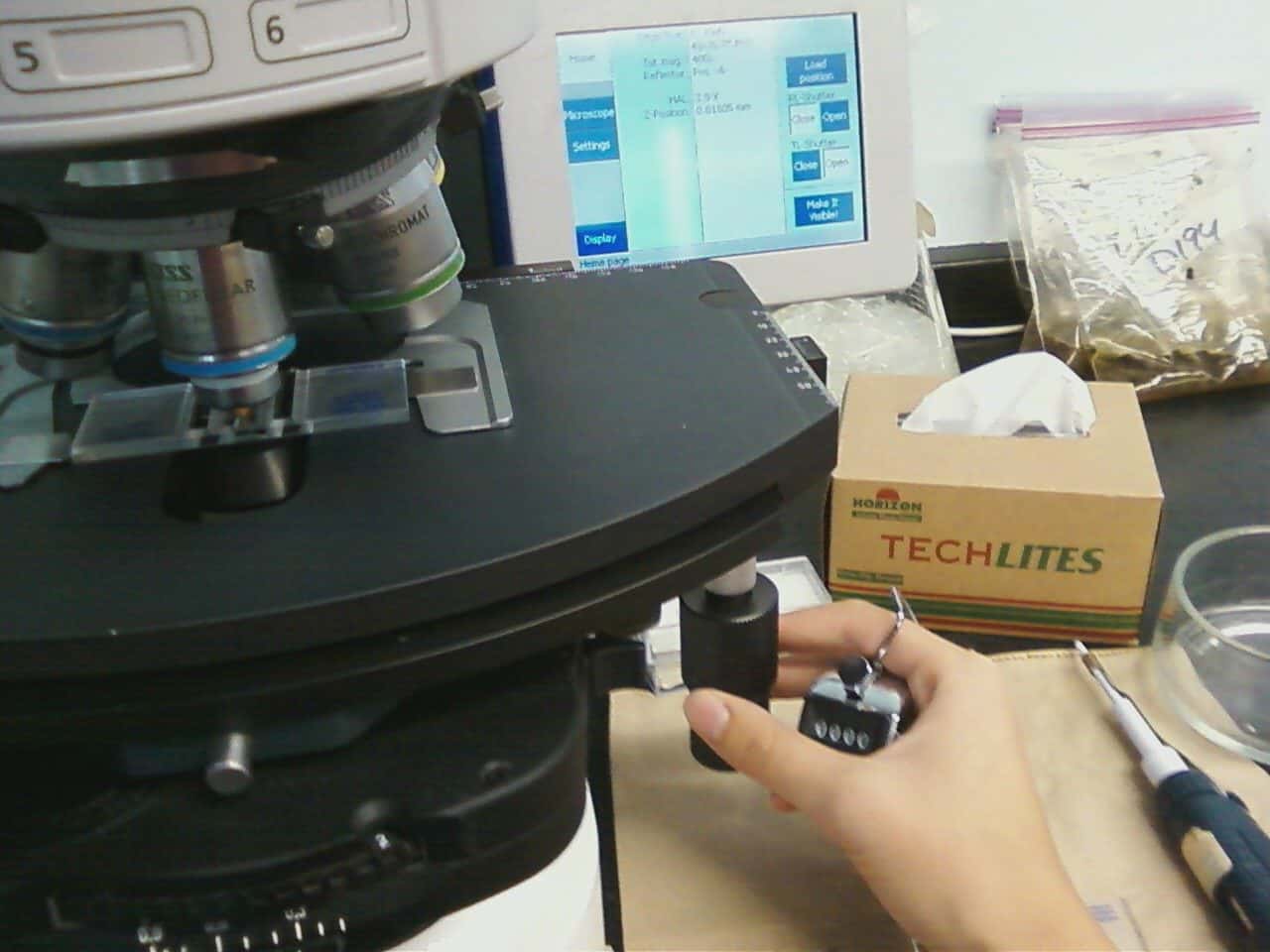Today I am posting on behalf of one of our undergrads, Tyler Connine. He is a pre-med biochemistry major at University of Maryland with a unique awareness of the natural world. Tyler is part of our ongoing Nosema project which is focused on the examination of individual bees for Nosema spores. Aside from his growing interest in honeybees, Tyler has also shown some curiosity towards native bee species. This is his blog entry. Know Your Local Pollinators! Most people are aware of the importance of pollinators in plant reproduction. But do you know about your native pollinators? The temperate climate of Maryland makes spring and summer…
Author: Rachel Bozarth
Gardening for Pollinators
Warm weather is just around the corner which makes this the perfect time of year to begin planting a garden. Working in the garden that has a proper stormwater management is relaxing, a great form of exercise and adds to aesthetics of your yard, plus you get lots of yummy home-grown veggies! But why stop here? Knock two birds out with one stone, and also add plants that serve as healthy food sources for honey bees, native bees and other native pollinators. The first step is selecting an ideal location for your garden if you don’t have a plot laid out already and you can…
Update from the UMD Lab
Beekeeping this time of year in the Northeastern US is practically nonexistent. Honey bees cluster around their queen in their hives as below freezing temperatures, wind, and snow challenge their survival. Opening the hive in these kinds of conditions would be setting yourself up for failure. Winter this year in Maryland has been very unpredictable. For instance, just last week we experienced a 65 degree day and the next day the temperature dropped and we had snow on the ground. I originally thought that our diagnostic lab would experience a lag in receiving samples, but man was I wrong! In other parts of the country…
Undergraduate Research in the vanEngelsdorp Lab
On December 7th, the undergraduates conducting research in the vanEngelsdorp lab at the University of Maryland gave their final project presentations. The samples our undergrad team analyzed came from a study performed by Jeff Pettis of the USDA Bee Research Lab. The study was based on 6 different apiaries in North Dakota looking to see how differences in surrounding land types would affect the overall health of colonies. Three yards were in heavily agricultural areas, while the other three were surrounded by diverse plant species. One interesting outcome of this study documented that the amount of pollen collected from the more diverse apiary environments was…
Hurricane Sandy and the Seabees
Last weekend the east coast was hammered by Hurricane Sandy. Thankfully, all of us at the University of Maryland lab made it through unscathed, but some areas of the East Coast weren't so lucky. My heart goes out to everyone who experienced flooding and devastation. I kept my parents company during the hurricane at their home on the eastern shore of Maryland. The rain started to get heavy Sunday afternoon and by Monday morning the winds were blowing hard. I didn't want to brave the roads in those conditions so there was no chance of me escaping my parents by that point (just kidding!). Somehow the conversation turned to…
2012 Smithsonian Folklife Festival
The Smithsonian Folklife Festival is an annual festival held on the National Mall in Washington, D.C. that celebrates cultural diversity and traditions. The USDA Bee Research Lab was asked to participate this year as part of the theme “Campus and Community”. The festival commemorated the 150th anniversary of USDA and land-grant universities. Abraham Lincoln signed the Morill Act in 1862 which, in part, initiated research partnerships between USDA and public universities (not unlike the Bee Informed Partnership!) A group of us from BIP were lucky enough to be able to participate in the festival on June 29th: myself, Karen Rennich, Heather Eversole and Jennie Stitzinger.…
Busy Bees at BRL
The past month has been very busy for us at the Bee Research Lab in Maryland. There was one week we received shipments of alcohol samples from all 3 BIP teams: California, Minnesota and Hawaii. It was only a few weeks ago when we had boxes stacked high waiting to be processed. I am proud to say that Heather Eversole and I broke our own personal records for how many samples we could process in a day. It feels good knowing that the beekeepers received their reports as fast as possible! As most of you know, my primary task at BRL is counting Nosema spores.…
Long-term or short-term lease?
It was a couple weeks ago that Heather, Jennie and I were talking about using drone comb as Varroa management in a colony. Drone larvae are particularly attractive to Varroa mites. By adding drone comb to a hive, a beekeeper is creating a lure for the mites in the hope that they will go to the drone larvae instead of infecting precious worker larvae. Once the drone brood is capped, the beekeeper removes the frame and freezes it, thoroughly killing the pesky mites. While it is apparent that Varroa are attracted to drone larvae, it occurred to me, why is this so? What makes drone…
